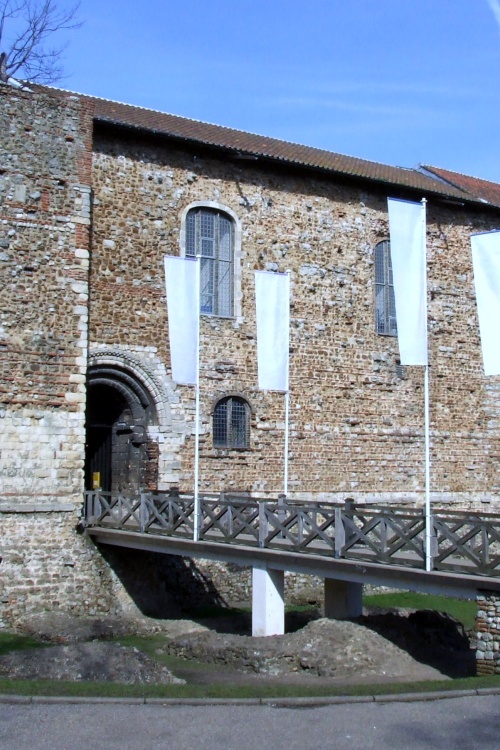Camera Make: FUJIFILM� Model: FinePix S5600 �
Exposure Program: Program, Focal length: 6.3 mm, Aperture: f 7.2, ISO: 200, Exposure time: 1/750 sec, Metering Mode: Multi-Segment, Exposure Bias: 0 EV
Date/Time Creation: January 19, 2010, 1:29 am
ImageID:1119183, Image size: 1297 x 1944 pixels
